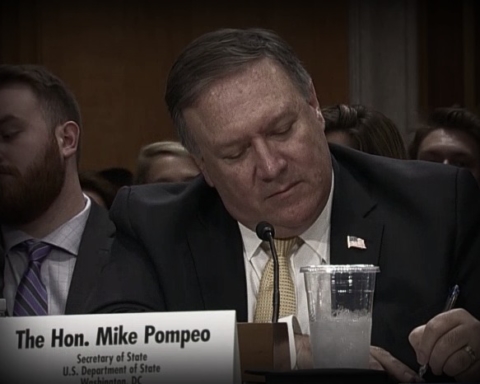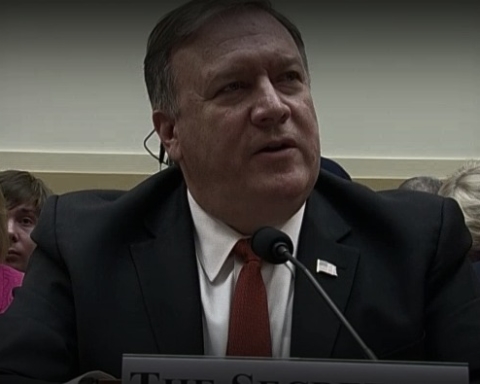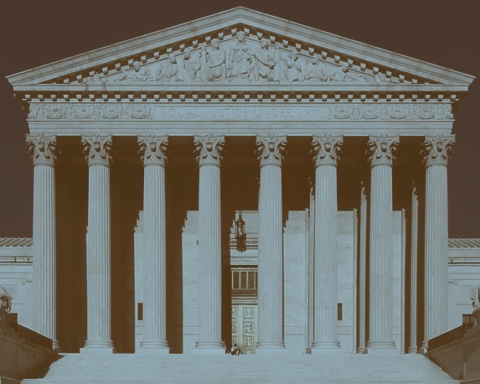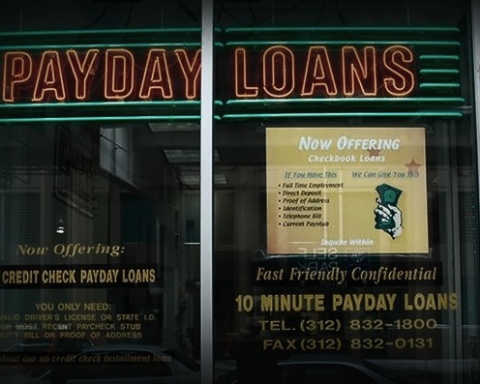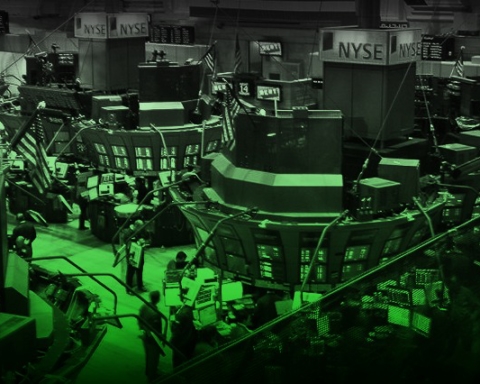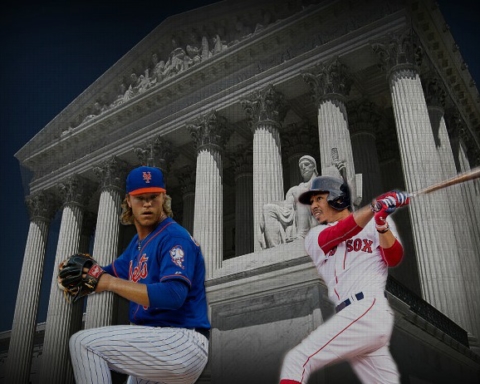Ginnie Mae has struggled to keep tabs on the rapid growth of the lightly-regulated non-bank mortgage market.
The wholesale mortgage guarantor’s unpreparedness may leave it struggling “to immediately respond to increased risks posed” by recent industry changes, according to a report published Monday by the Department of Housing and Urban Development (HUD) inspector general.
“As a result, Ginnie Mae may not identify problems with issuers in time to prevent default,” the report warned.
Ginnie Mae guarantees payments by issuers of certain mortgage-backed securities (MBS) to institutional investors, as part of government efforts to subsidize homeownership.
Financial institutions that don’t engage in traditional retail banking activities have been increasingly active in the mortgage market, since the financial collapse and the subsequent enactment of Dodd-Frank financial regulations.
In 2013, banks originated 70 percent of all new mortgages. This year, non-banks issued 60 percent of new mortgages.
“When banks dominated Ginnie Mae’s issuer base, Ginnie Mae outsourced a significant portion of its risk management to bank regulators,” HUD’s inspector general noted on Monday, referring to oversight by the Federal Deposit Insurance Corporation and the Federal Reserve, among other regulatory organs.
But despite the increased prominence of non-bank mortgage lenders–and the relative lack of rules and agencies governing them–the HUD watchdog noted that Ginnie Mae didn’t have a draft plan to deal with multiple defaults, or the failure of larger lenders until July.
HUD investigators said that Ginnie Mae only “started addressing these issues while we were performing our audit work.”
The inspector general also reported a Ginnie internal memo from March that conceded: “it would be difficult to absorb portfolios greater than 100,000 loans…without impacting servicing standards.” In July, Ginnie supported MBS portfolios of that size issued by 13 non-bank firms.
Non-bank lenders now issue the majority of single family loans that flow into MBS guaranteed by Ginnie–with a remaining principle of $350 billion.
Six out of ten of the largest mortgage lenders in the US last year were non-bank institutions.
Overall, the aggregate MBS supported by Ginnie then ballooned to $1.7 trillion—up from $427.6 billion in 2007. The trend occurred as mortgage market players gravitated toward government-support loans.
“Ginnie Mae did not plan for the growth it experienced after the financial crisis,” Monday’s report noted. “Its management explained that it had not budgeted for increased staff numbers to support the growth.”

